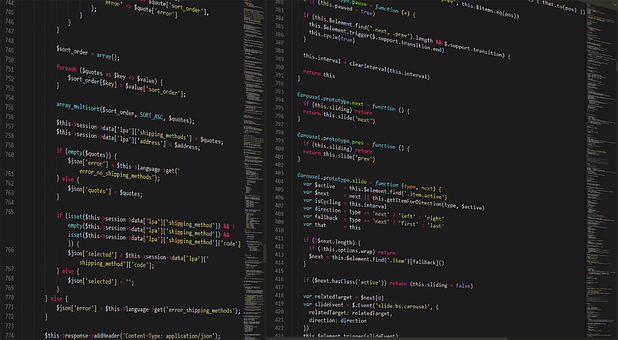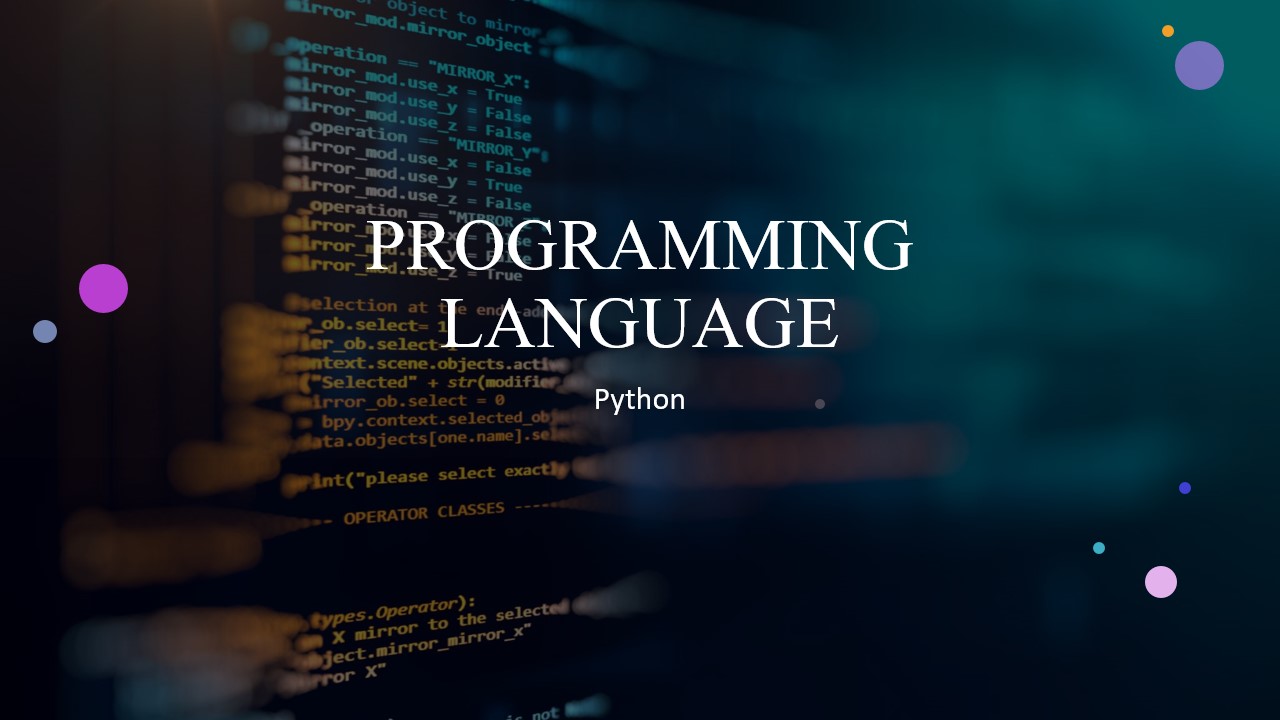
What languages you should study? R vs Python
Python and R are popular programming languages for working with statistics. While the R language was designed specifically for the needs of statisticians (remember just what powerful R visualization capabilities R!), Python is famous for its understandable syntax.
Languages Python and R argue for the title of “best” tool for working with data, and both rivals have their own merits and demerits. The choice of a particular language depends on the specific situation, the costs of training, and also on what other common tools are required to solve the problem.
This article will discuss the most important differences between the R and Python languages, and also tell you what place they both occupy in the world of data and statistics.
R and Python: General indicators
On the web, you can find a lot of quantitative comparisons of the prevalence and popularity of R and Python. Although such indicators allow us to confidently orient ourselves in how these two languages develop in the general context of computer science, it is not easy to compare them directly. The main reason is that the scope of use of R is limited to the science of data. Python, in turn, being a universal language, is widely used in many areas, for example, in web development. Therefore, ratings are often distorted in favor of Python, while salaries are significantly higher for R specialists.
When to use R?
R is usually used in cases where data analysis requires dedicated computing power or individual servers. R is great for research work, it is convenient for almost any variant of data analysis, since in R there are a lot of packages and ready tests that provide the necessary tools for quick start. R can even be a solution element in the large data area.
When to use Python?
Python is useful in cases where tasks related to data analysis are intertwined in the operation of web applications, or if the statistical code needs to be incorporated into a working database. Python, being a fully functional programming language, is great for implementing algorithms with their subsequent practical use.
R and Python: shares in the data science segment
If you consider recent polls related to the popularity of different languages used in data analysis, then often R looks like a clear leader. If you specifically compare the positions of Python and R in this community, then a similar picture emerges.
Despite the above infographics, there is reason to believe that more and more professionals are moving from R to Python. Moreover, a growing proportion of those programmers who speak both languages and use one or the other, as necessary. It is this tactic that I recommend to my students.
If you plan to make a career in the science of data, then you need to master both languages. Trends in the labor market are evidenced by the growing demand for both skills, and salaries in this segment are significantly higher than the average.
And the winner …
You determine! As a data specialist, you must choose your own language for work. Try to answer the following questions:
- What problems do you need to solve?
- What will it cost you to study a new language?
- What tools are actively used in your professional field?
- What alternatives exist for these tools?


